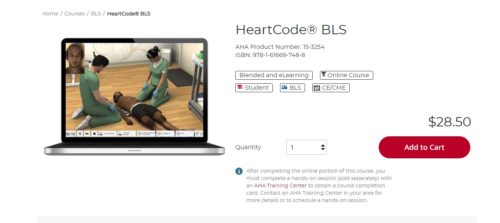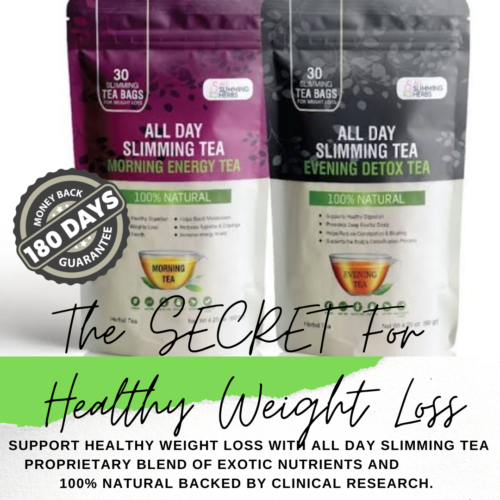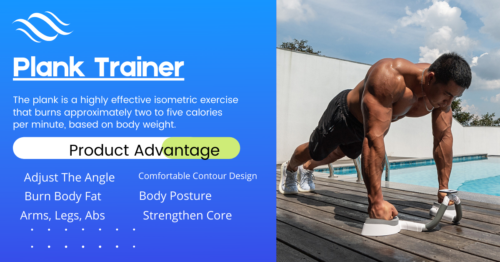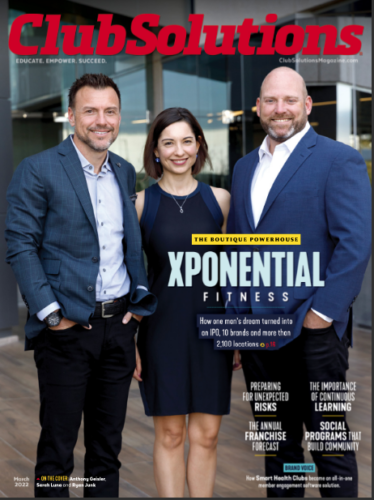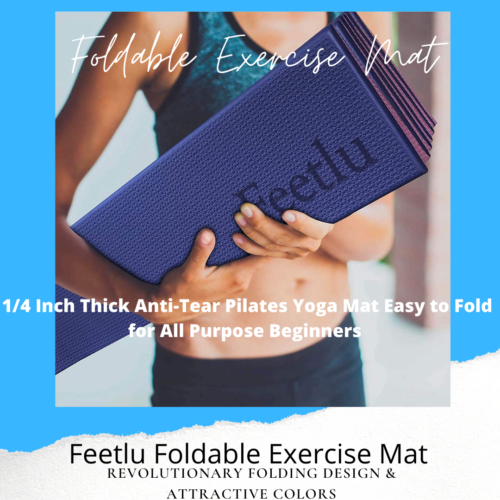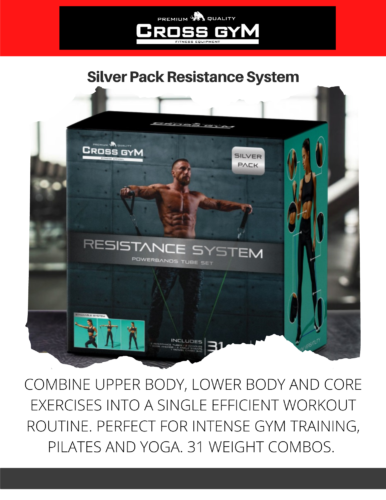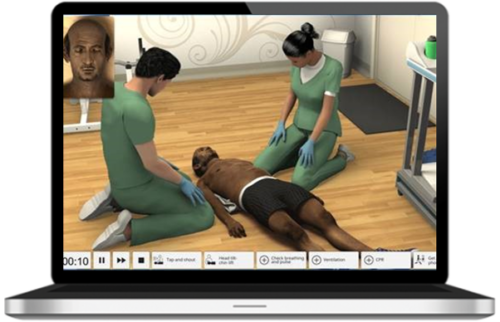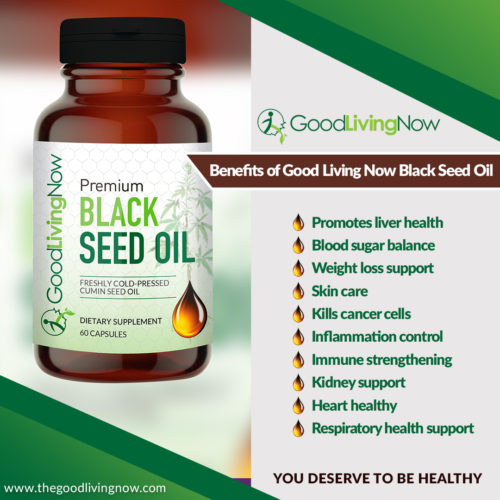Three Hot Health Club Trends For 2013
Functional training: Sure, it’s a fitness buzzword, but with most adults spending up to 20 hours a day sitting or sleeping, this technique targets a range of fitness needs in a short amount of time, says blog FoodandFitnessPro.
Look for an upswing in classes such as TRX suspension training, P90X, bootcamp and kettlebell workouts, all designed to build strength for real-world activities.
Women lifting heavier weights: “In their lives, women typically receive no encouragement to do serious strength training,” Steven Shrago, co-founder of CrossFit London, told Relaxnews, noting his dislike of pink dumbbells marketed to women. “To me, that is hugely insulting, and the opposite of empowering.”
But as more people are drawn to hardcore workouts like Crossfit, that very well may change. “Many modern women are refusing to be intimidated by rigorous weight training and are jumping right in alongside the guys,” writes website Slimming Point. “Overall, more can be accomplished with a solid weight-training routine than hours of cardio, and even more women will be aware of this in 2013.”
HIIT – or High-Intensity Interval Training: The buzz over HIIT is only going to get stronger next year, bloggers say, as the principle of short, quick, intense workouts gets applied to everything from track drills to swimming to push-ups. One of the hottest HIIT workouts is known as Tabata style: you work at maximum effort for 20 seconds, then rest for 10 seconds, then repeat. Expect dizziness.
“And because it offers valid, proven fitness benefits, Tabata-style interval training will start popping up in boot camp classes, kettlebell formats, and spinning workouts this year,” writes The Organic Triathlete & Runner. “It can also be used in muscle sculpting classes as a ‘finisher’ for the lower body, where you do a Tabata of jump squats and a ‘finisher’ for the upper body, where you do a Tabata of pushups
Top 10 Fitness Trends Picked for 2013
Researchers say people have been using their own body weight for centuries as a form of resistance training. But this is the first time it has made it into the trend survey, because gyms are now packaging it as part of exercise programs.
“Body-weight exercises are a proven way to get and stay fit,” says researcher Walt Thompson, PhD, of Georgia State University. “In a time when many people are concerned with cutting expenses, body-weight exercises are a great way to feel great and look toned without a big financial investment.”
7 Most Effective Exercises Slideshow
Taking the top spot in the fitness trend survey for the sixth year in a row are fitness professionals.
Researchers say education and certification programs for health and fitness professionals are experiencing exponential growth. The number of employed fitness trainers is projected to rise by 29% from 251,400 in 2010 to 311,800 in 2020.
According to the survey, the top 10 fitness trends predicted for 2013 are:
1. Educated, certified, and experienced fitness professionals — Jobs for fitness workers are expected to rise much faster than the average for all other occupations, according to the U.S. Labor Department.
2. Strength training — In the No. 2 spot for the second year in a row, strength training continues to be a strong trend. No longer restricted to body building, most people now incorporate some form of weight training to improve or maintain muscle strength.
3. Body-weight training — Body-weight exercises use minimal equipment and include push-ups, pull-ups, planks, and squats.
4. Children and obesity — Exercise programs aimed at the problem of childhood obesity are also a major fitness trend. Schools are increasingly partnering with commercial and community-based physical activity programs to prevent and treat rising childhood obesity rates.
5. Exercise and weight loss — Consistently in the top 20 fitness trends, researchers say most popular diet plans incorporate exercise to encourage weight loss.
6. Fitness programs for older adults — Fitness clubs are capitalizing on an aging baby boomer generation with age-appropriate exercise programs.
7. Personal training — As more personal trainers are becoming certified, they are becoming more accessible in a variety of settings, such as corporate wellness, community-based, and medical fitness programs.
8. Functional fitness — Researchers define functional fitness as using strength training to improve balance, coordination, force, power, and endurance to perform activities of daily living. Functional fitness programs are designed to reflect actual activities done as a function of daily living and are often used in fitness programs for older adults.
9. Core training — Using equipment like balance balls and wobble boards, core training stresses strength and conditioning of the stabilizing muscles of the mid-section. Researchers say exercising the core muscles in the hips, lower back, and abdomen improves overall stability for daily activities and sports performance.
10. Group personal training — A boon for budget-conscious clients, personal trainers now often provide services to small groups of two to four people at deep discounts.
The survey was completed by 3,346 health and fitness professionals worldwide and appears in the American College of Sports Medicine’s Health & Fitness Journal.

